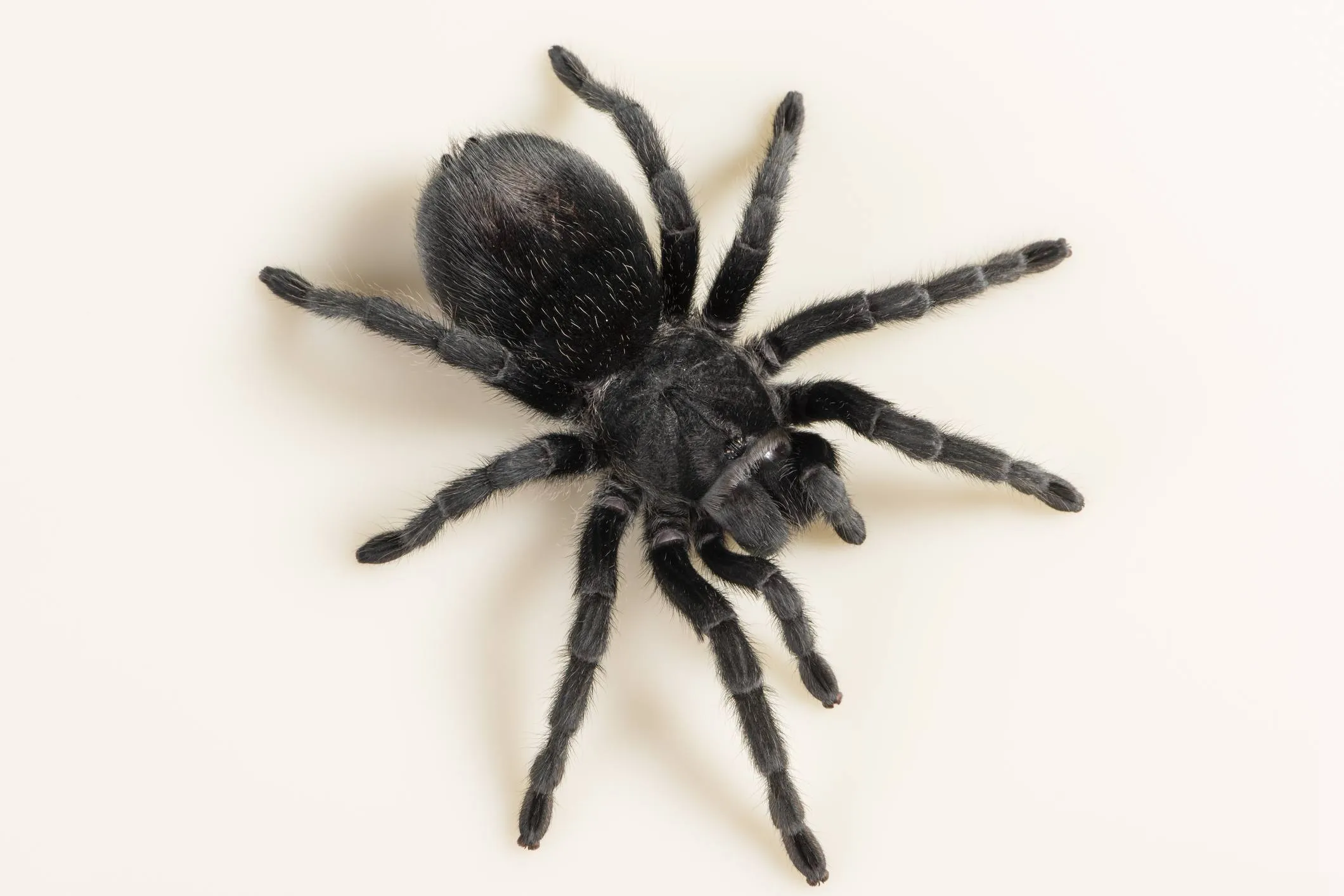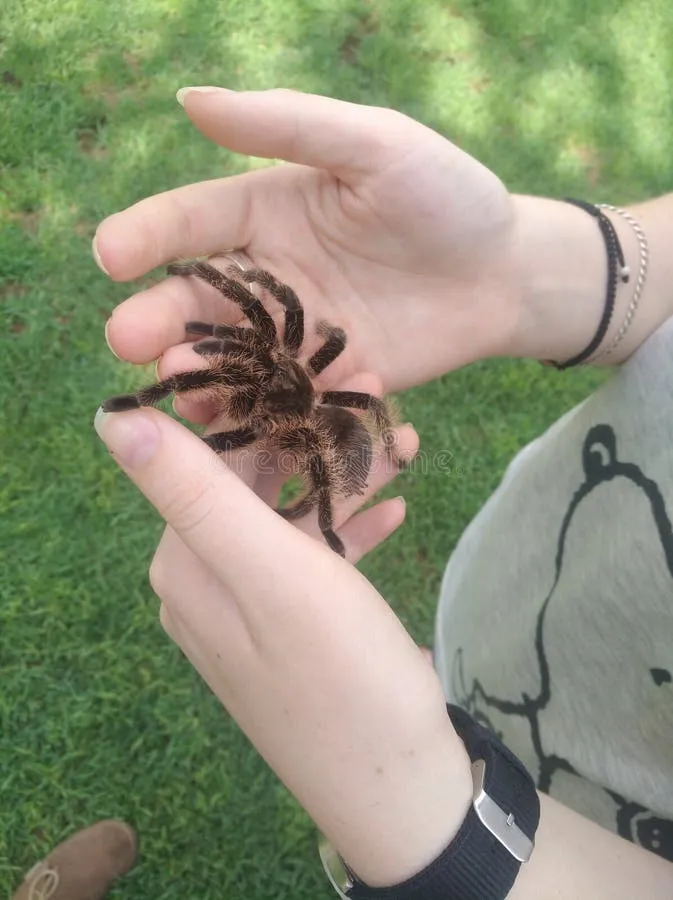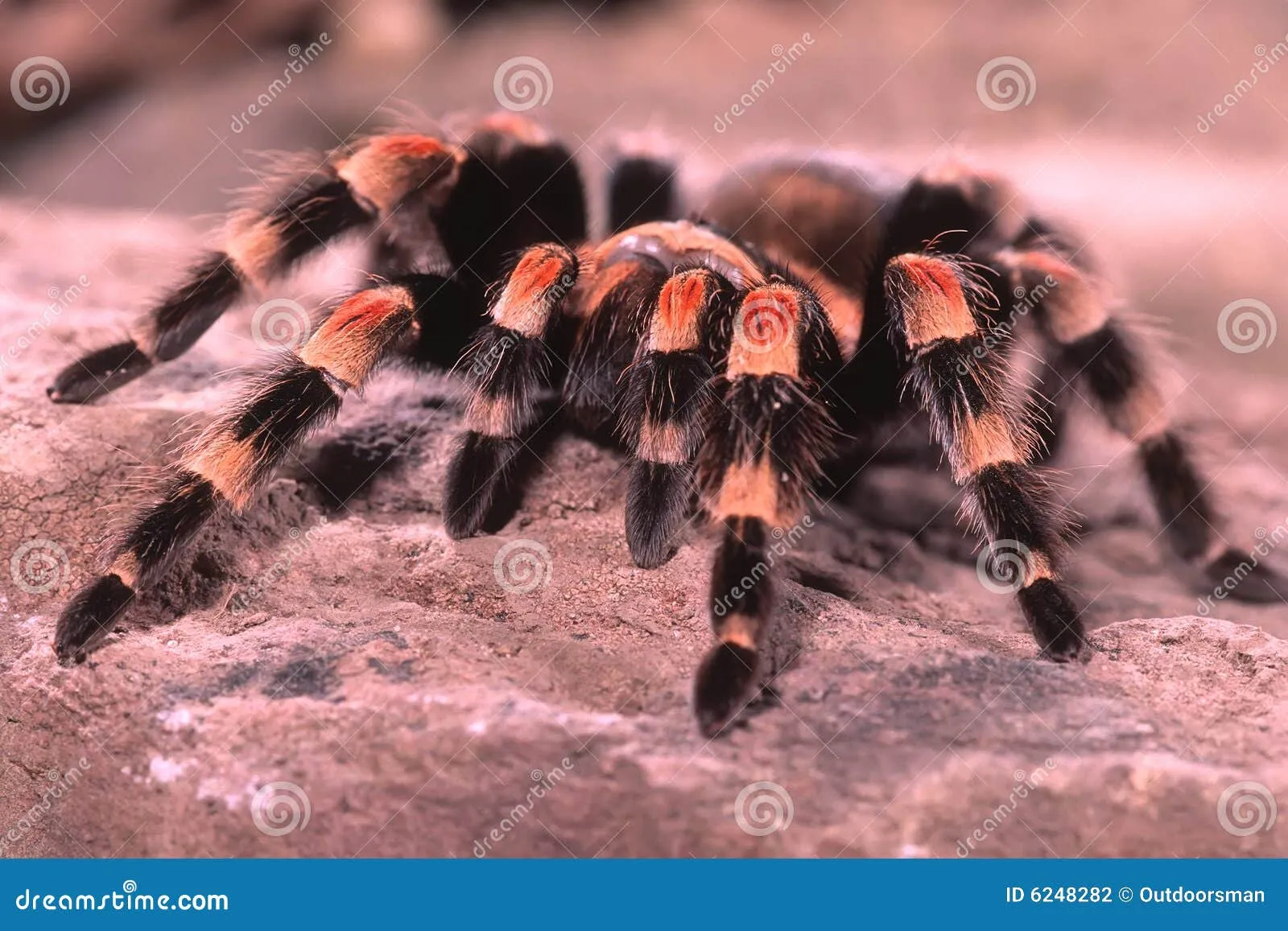Harmless Tarantulas Top 5 Fascinating Facts
The world of arachnids can be intimidating, but not all spiders are created equal. Among the diverse array of tarantulas, some species are known for their docile nature, making them fascinating creatures to observe and, in some cases, keep as pets. This article delves into the captivating realm of harmless tarantulas, offering five amazing facts that highlight their unique characteristics and dispel common misconceptions. We will explore the definition of a harmless tarantula, their temperament, how to identify them, and discuss the key aspects that make them so appealing. Prepare to be amazed by these gentle giants of the spider world!
What Defines a Harmless Tarantula?
When we refer to a “harmless” tarantula, we’re primarily speaking about their potential to harm humans. This doesn’t mean they’re entirely without defenses; all tarantulas possess fangs and venom. However, in harmless species, the venom is typically not considered medically significant to humans. Their bites may cause localized pain, similar to a bee sting, but are not life-threatening. Furthermore, their temperament plays a crucial role. These tarantulas are generally not aggressive and prefer to flee or hide rather than attack. Understanding this distinction is essential to appreciating the unique characteristics of these captivating creatures.
Understanding Tarantula Temperament

Tarantula temperament varies significantly across different species. Some tarantulas are notoriously defensive and prone to biting or flicking urticating hairs, while others are known for their calm and docile behavior. Several factors influence a tarantula’s temperament, including its species, age, and environment. Younger tarantulas, or spiderlings, can sometimes be more skittish due to their vulnerability. A well-cared-for tarantula in a stable environment is more likely to exhibit a relaxed temperament. Tarantulas that are frequently handled or experience constant disturbances are more likely to become defensive. Proper handling techniques and respecting their space are vital for responsible pet ownership.
Identifying Non-Aggressive Species
Identifying truly non-aggressive tarantula species requires research and careful consideration. Experienced keepers often recommend species known for their mild temperaments. Some popular choices include the Chilean Rose Hair tarantula (Grammostola rosea), the Mexican Red Knee tarantula (Brachypelma hamorii), and certain species of the genus Aphonopelma. Before acquiring any tarantula, it’s crucial to research its temperament and specific care requirements. Reading accounts from experienced keepers and observing the spider’s behavior in its enclosure are essential steps in making an informed decision and ensuring both your safety and the tarantula’s well-being.
5 Fascinating Facts about Harmless Tarantulas
Remarkable Venom Potency

While often described as “harmless”, all tarantulas possess venom. The potency of this venom, however, varies significantly between species. In the case of many of the gentler tarantula species, the venom is relatively mild to humans. It is not considered life-threatening, and the bite’s effects are usually localized, causing pain, redness, and swelling, similar to a bee sting. Their venom is primarily designed to subdue prey, not to defend against large predators like humans. Understanding the nuances of tarantula venom helps to dispel fear and appreciate these creatures in their natural context.
Unique Feeding Habits
Tarantulas are fascinating hunters with unique feeding habits. They are opportunistic predators, feeding primarily on insects, but also occasionally on small vertebrates. They don’t actively hunt like some other spiders; they ambush their prey. When a suitable meal ventures close, the tarantula quickly strikes, injecting venom to immobilize it. Then, they inject digestive enzymes, liquefying the prey’s insides, which they then suck up. The frequency of feeding varies based on the tarantula’s size and age. Spiderlings need to eat more often than mature adults. These habits underscore their role in ecosystems as effective predators.
Stunning Colors and Patterns
One of the most captivating aspects of harmless tarantulas is the incredible diversity of colors and patterns found within various species. From the vibrant red knees of the Mexican Red Knee tarantula to the subtle hues of the Chilean Rose Hair, these spiders display an impressive range of aesthetics. Their coloration serves various purposes, including camouflage, attracting mates, and communicating with other tarantulas. The intricate patterns and bold colors that adorn their bodies have made them sought-after pets. Observing these creatures in their enclosures, you can truly appreciate the artistic beauty of nature.
Longevity in Captivity

One remarkable fact about many harmless tarantulas is their potential longevity, especially when kept in captivity. Female tarantulas of several species can live for decades, sometimes exceeding 20 years. Male tarantulas, unfortunately, have a shorter lifespan, typically living for only a few years after reaching maturity. The lifespan of a tarantula is affected by various factors, including their species, care, and environment. Providing a suitable habitat, a balanced diet, and avoiding unnecessary stress can all contribute to extending their lifespan and allowing owners to enjoy their presence for years.
Gentle Giants: Their Docile Nature
The docile nature of many harmless tarantula species is what makes them such captivating pets. Unlike their more aggressive counterparts, these tarantulas tend to be more tolerant of human presence and are less likely to bite unless provoked. They may exhibit defensive behaviors like raising their front legs or flicking urticating hairs, but they generally prefer to retreat or hide. This gentle disposition, along with their impressive size and striking appearance, makes them a popular choice for both beginner and experienced arachnid enthusiasts. When approached with respect and knowledge, these “gentle giants” offer a unique perspective on the spider world.
Benefits of Owning Harmless Tarantulas
Owning a harmless tarantula can offer numerous benefits for those who appreciate these creatures. They are relatively low-maintenance pets compared to many other animals, requiring less direct interaction and space. Their care is typically less demanding, involving regular feeding, providing fresh water, and maintaining a suitable habitat. The presence of a tarantula can also be a unique conversation starter, and they can be a fascinating educational tool, helping to dispel fears and foster a deeper appreciation for the natural world. For many, the quiet observation of their tarantula’s behavior is a form of stress relief and provides a calming influence.
Education and Conservation

Owning harmless tarantulas provides opportunities for education and promotes conservation efforts. Responsible owners can educate others about these misunderstood creatures, correcting common misconceptions and highlighting their importance within ecosystems. By supporting reputable breeders and conservation organizations, owners contribute to the preservation of tarantula species and their habitats. The responsible pet trade can also help to reduce the pressure on wild populations and ensure the continued existence of these remarkable animals. Education about their natural environment is crucial.
Responsible Pet Ownership
Responsible ownership is essential for the well-being of harmless tarantulas. Researching the specific care requirements of your chosen species, providing a suitable habitat with appropriate temperature, humidity, and substrate are crucial steps. Safe handling practices, avoiding unnecessary stress, and providing a balanced diet are essential for ensuring the health and longevity of your pet. Regular observation and monitoring of their behavior, recognizing signs of illness, and seeking veterinary care when necessary are also vital. Furthermore, acquiring tarantulas from ethical breeders and avoiding the capture of wild specimens are important practices for promoting animal welfare and supporting conservation efforts. Embracing these practices ensures that you are providing the best possible care while helping to protect these amazing creatures for future generations.
